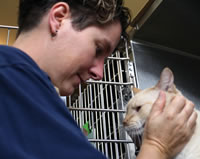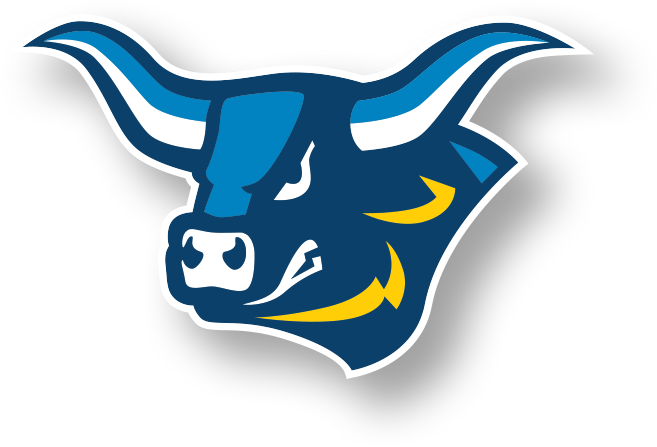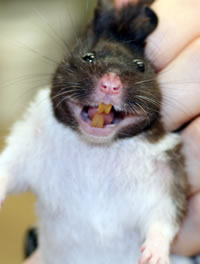
At a glance
 The vivarium at Alfred State College houses a
The vivarium at Alfred State College houses a
variety of "exotic" animals to aid in instruction in the veterinary technology
program.

 As the veterinary technology
As the veterinary technology
program at Alfred State College continues to attract students, it also has
begun attracting students' pets. In a
move to ease separation anxiety (the students' or the pets'), and to expose vet
tech students to different species, the Agriculture and Horticulture Department
has established a vivarium, an enclosed area, for keeping and raising animals
for observation and/or teaching basic techniques that are used in research and
veterinary practice. Pet owners are responsible for the care and feeding of their
animals, and the animals are used in the labs to instruct vet tech students on
the handling and care of, sometimes, exotic species.
"The vivarium was established as a
place to keep the laboratory and ‘exotic' species that are housed for our
courses," notes Kathleen Bliss, '92, instructor in the vet tech program. "It
was started in the small animal lab as that is where the same kind of animals
were housed in the past. The lab is locked for the safety and security of the
animals at all times," she adds.
 At first, just mice, rats, gerbils,
At first, just mice, rats, gerbils,
and hamsters inhabited the vivarium. When Bliss took over the lab animal
course several years ago, she asked for a "few other critters" to
help expand the class information and experience. Additions include two
snakes that are permanent residents; Lilo and Stitch, oscars (a species of fish from the cichlid
family; the species is also a popular aquarium
fish); and Fred the Plecostomus (a general name for a type of freshwater
tropical
Central
and South
American fish. Plecos are extremely popular in aquaria
for their ability to clean tanks by eating algae growth.
Plecostomuses are omnivorous but, in the wild, feed mostly on plant material at night) that live in a donated 120
gallon tank.
In addition, every fall welcomes a
guinea pig or two, ferrets, rabbits, and Bliss's painted turtle Rosie and
Russian tortoise Gypsy. This fall there are two cockatiels (sweet-tempered
birds found across the outback regions of inland Australia;
they favor the Australian wetlands, scrublands, and bush lands) and a black-lined
plated lizard (found in dry rocky semi-open habitats in central to southern
Africa) on loan from SUNY Distinguished Teaching Professor Vicki Bolton, Ag and
Hort Department chair.
 "We try to have some kind of birds
"We try to have some kind of birds
so that students can learn about avian species. Most of the
animals are used during the lab animal and exotics course. The students
in that course are responsible for caring for and monitoring the animals.
It gives them a better idea of what goes into their care, which may help
them talk with clients in the future when consulting on choosing a pet," notes
Bliss.
